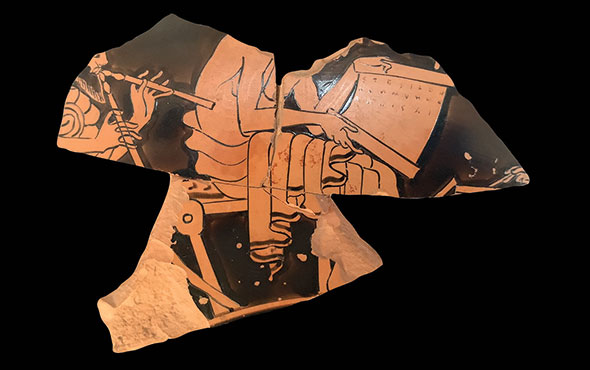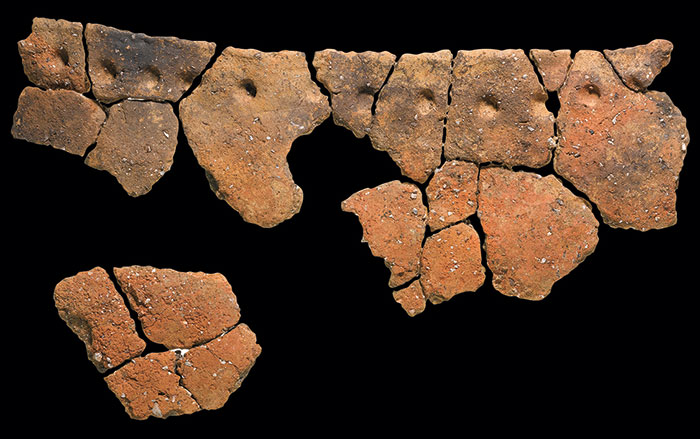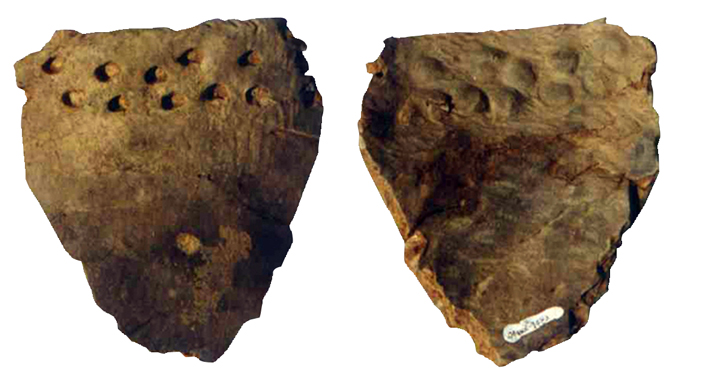
YORK, ENGLAND—According to a statement released by the University of York, an international team of researchers led by Harry Robson of the University of York analyzed food residues on pottery fragments recovered from 61 archaeological sites in the Baltic region of Europe, and found that different groups of hunter-gatherers living between 6,000 and 7,000 years ago developed distinct cuisines, despite the availability of similar resources. The cuisines were likely to have been based upon traditions and cultural habits, the researchers concluded. Marine and freshwater fish, seal, beaver, wild boar, bear, deer, hazelnuts, plants, and even dairy products were detected in the pot residues, Robson explained. The dairy products may have been obtained from early farmers through trade or looting, he added. To read about research that determined the Neanderthal diet was more complex than previously believed, go to "Neanderthal Smorgasbord."











